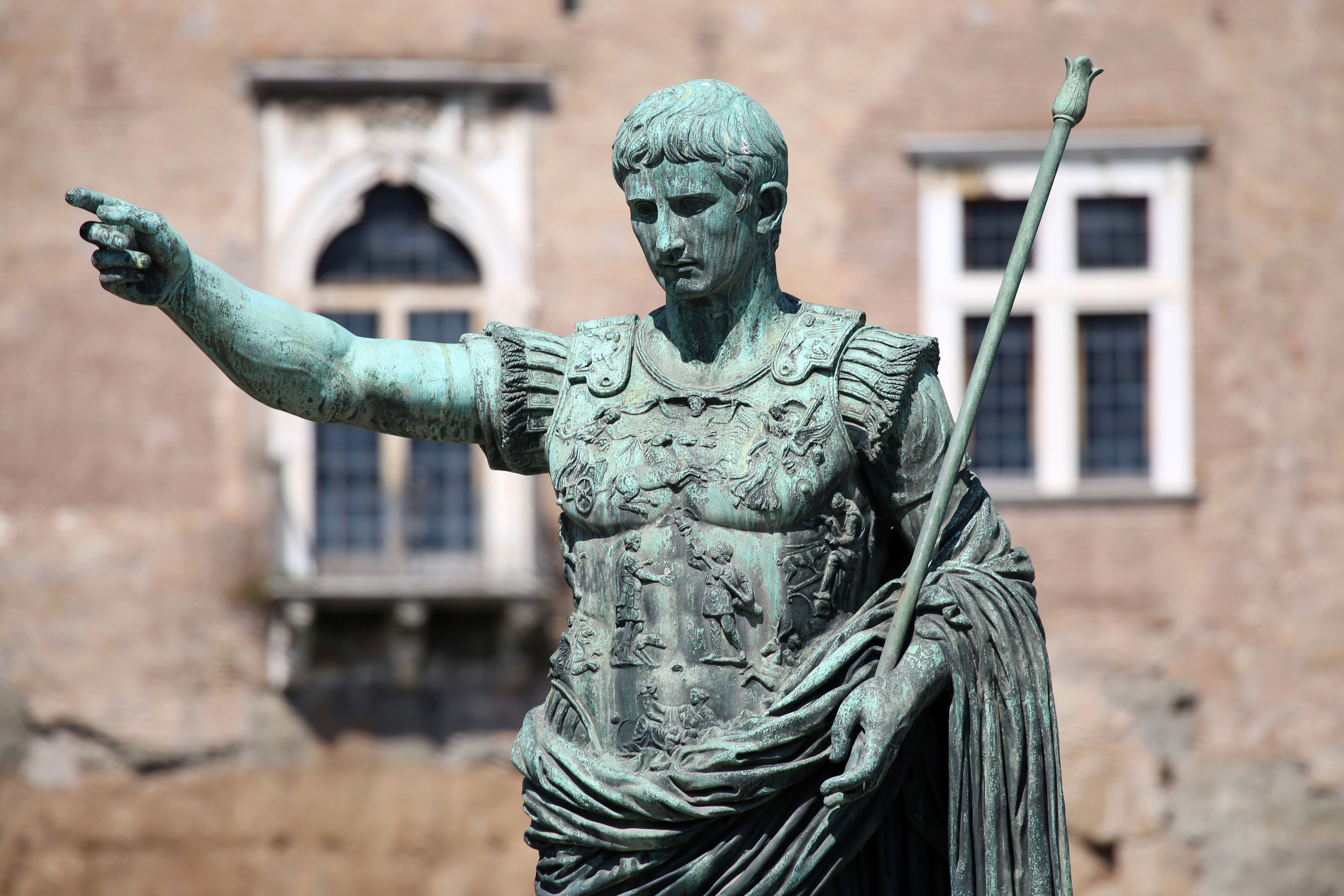
Leaps and Bounds
Behind the Twenty-Nine
We expect that February will have an extra day every four years or so. But why? The reason behind it actually has to do with the sun.
You probably haven’t felt it, but it takes a little longer than 365 days—about one-fifth of a day more—for the Earth to orbit around the Sun. Roman emperor Julius Caesar realized this and, in 46 BC, he included a leap day on the Julian calendar every fourth year. Thus, the twenty-ninth day of February was born.

Some 1,600 years later, the calendar was again tweaked to account for a peculiar phenomenon. By that point in time, the calendar was off by approximately eleven days because of the inexactness of Caesar’s leap day, which had been adding eleven minutes per year since it was instituted.
Because of this, Pope Gregory XIII tweaked the Julian calendar in 1582 by adding a caveat: he declared that leap years would happen every four years—except in century years that are evenly divisible by 100 but not by 400. For example:
2000/100 = 200 and 2000/400 = 5, so 2000 was a leap year.
1900/100 = 190 but 1900/400 = 4.75, so 1900 was not a leap year.

However, the Gregorian calendar isn’t used worldwide, so there are places across the globe that mark the occasion differently. For example, the Jewish and Chinese calendars periodically add a leap month instead of an extra day.
As complicated as it may seem, our astronomy-based leap year system used for the past four centuries has done its job, keeping us remarkably close to the Earth’s annual orbit—and giving us reason to enjoy an extra day a couple times a decade.

Posted in February 2020 on Dec 04, 2019